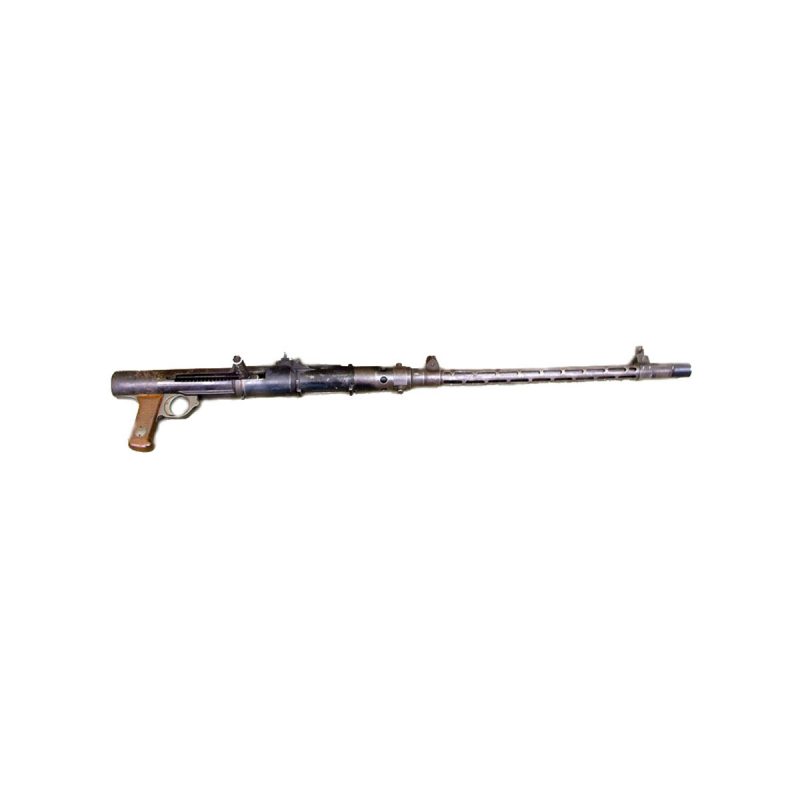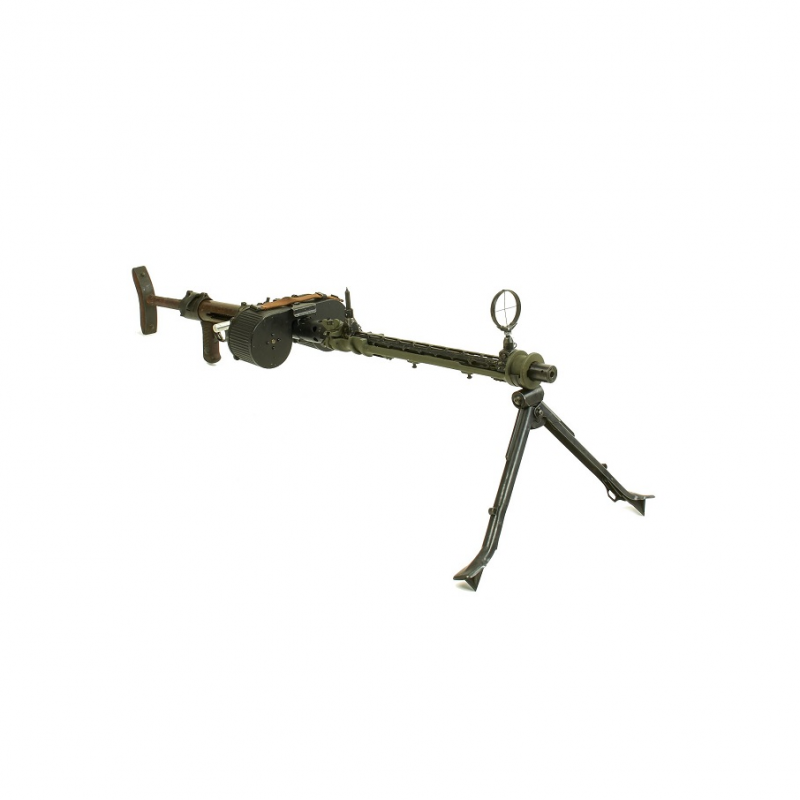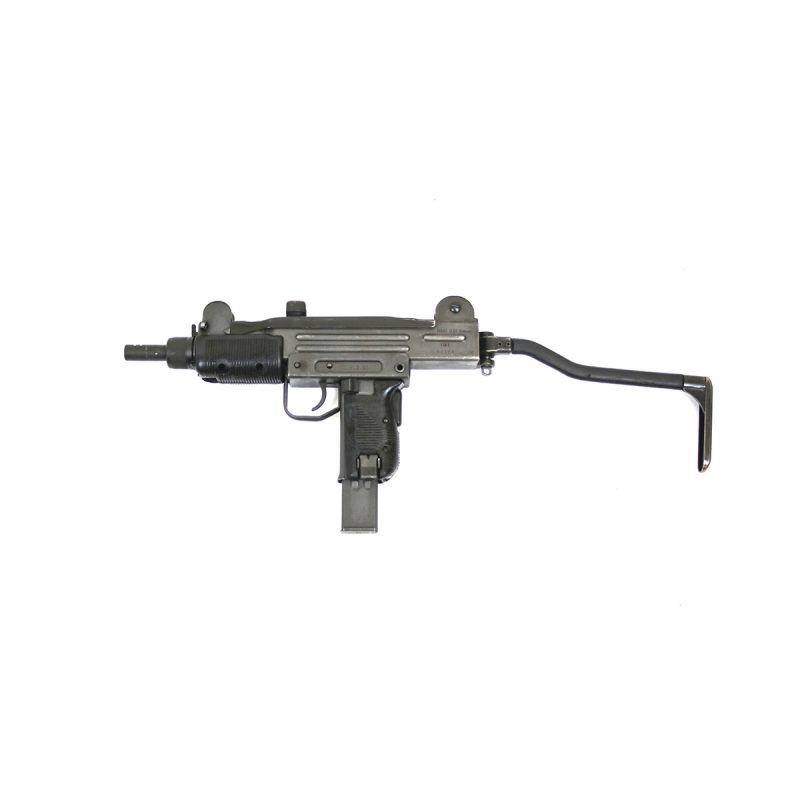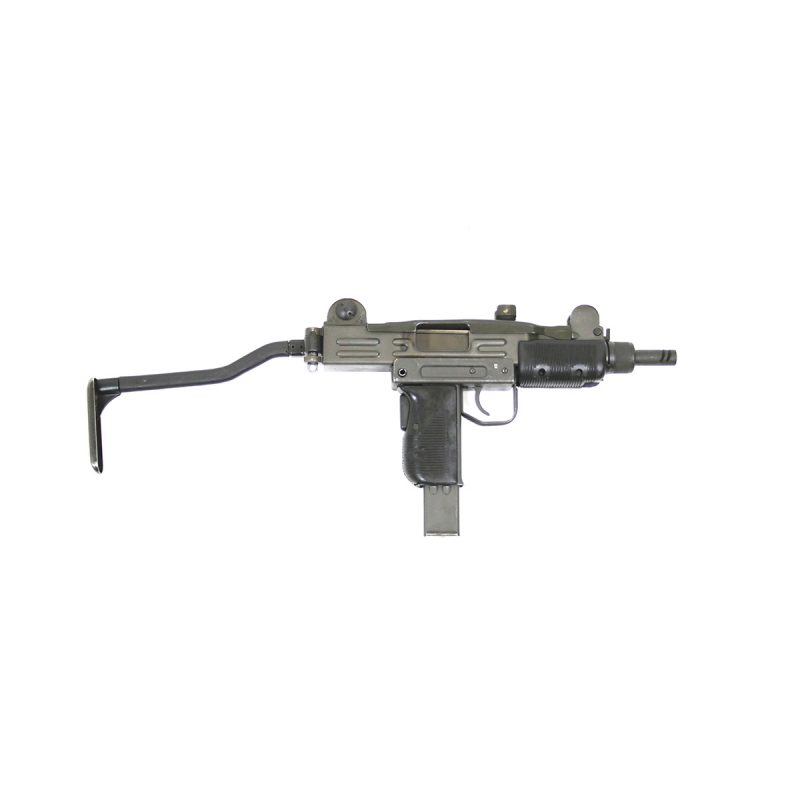Description
After the invasion of Poland 1939, the German Army sought to replace its Karabiner 98K bolt action rifle, which was for all intents and purposes a shortened version of its World War 1 rifle, the G98. Both of these weapons were limited to holding only 5 rounds of the standard issue 7.92×57mm Mauser cartridge, which had to be manually cycled by hand, resulting in a relatively slow rate of fire.
The designers were given three specific design instructions, which not only prevented them from boring a hole in the barrel and installing a standard gas vent/piston system that we use today. It also prevented them from having external moving parts and solely relying a the semi-automatic system by also installing a manually cycled bolt in case of failure.
Competing against Mauser, Walther decided to ignore the final two instructions and submitted a design that had an openly moving piston (located on top of the barrel) and bolt/carrier. Surprisingly this non-compliance was ignored by the Army and the Walter design was selected over the fully compliant (over complex) Mauser submission.
Once it had entered service, it became apparent that the G41 (due to its muzzle located gas system) was impractical to keep clean in the field. As the muzzle would not only become clogged with carbon deposits after a relatively short period of time, but it was also prone to corrosion due to the high salt content of the ammunition primers.
Eventually the G41 was replaced with the much updated G43, which not only featured an entirely new gas system (reverting back to a standard muzzle), it also featured a detectable magazine.
Having been produced in such high numbers during WW2 (almost 150,000), post war, amongst the chaos of the repatriations and clean-ups, weapons such as these readily found themselves in the hands of the criminal underworld and paramilitaries. Their presence in these organizations would last for decades and even today the odd example still appears in an obscure civil war or police seizure.
Designer: Walther
Designed: 1941
Manufacturer: Walther & Berlin-Lübecker Maschinenfabrik
Produced: 1941-1945












